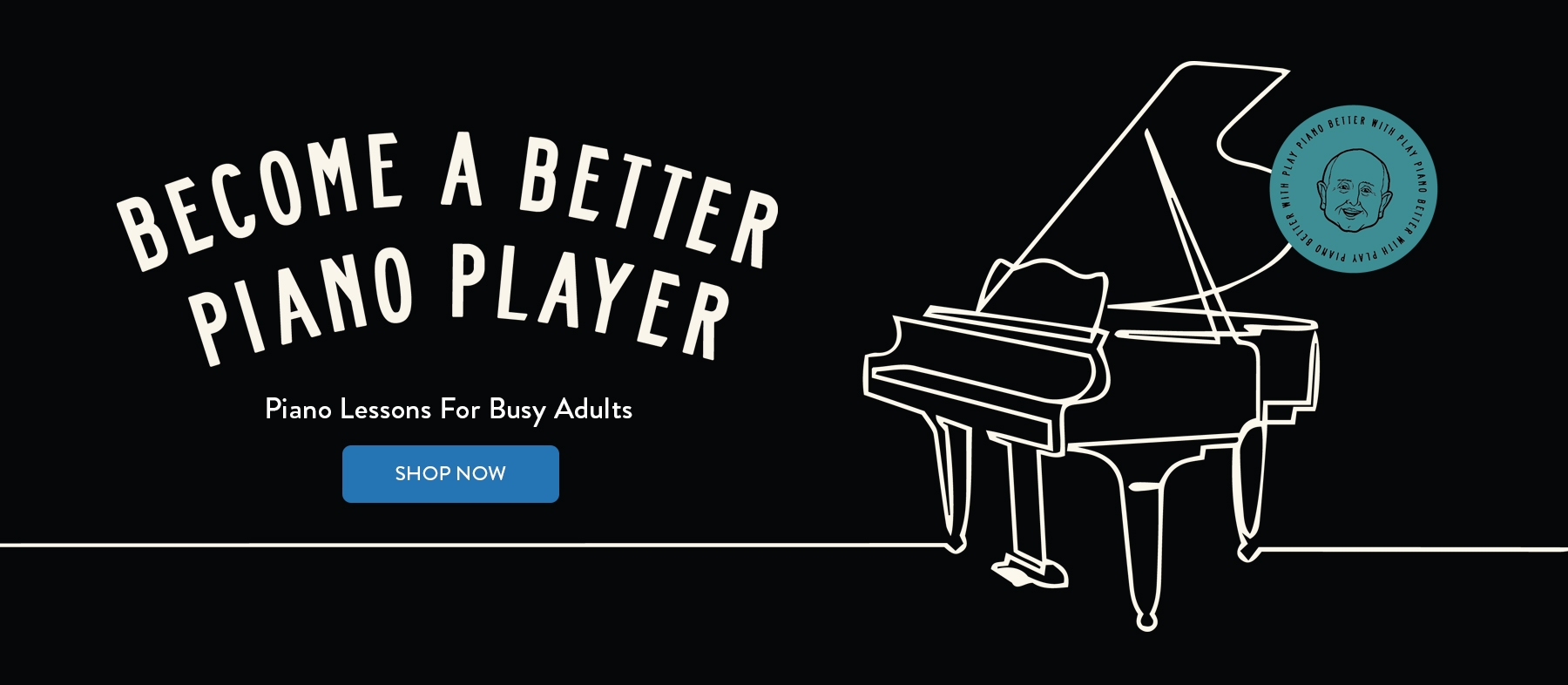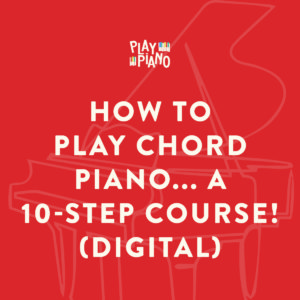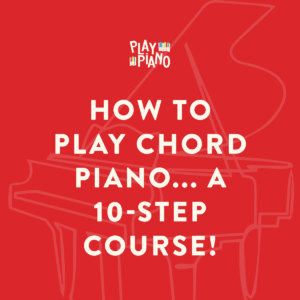Secrets of Exciting Chords & Chord Progressions: Lesson Five
Piano Chord Inversions: All The Major & Minor Piano Chords Upside Down
Hello again, and welcome to the next edition of the newsletter. I hope you are enjoying learning about all the chords in the world — and we’re going to cover them ALL before we’re done — you’ll know more about chords than 99% of the people in the world — believe it or not, it’s true.
If you recall the first week we learned about the three chords you absolutely, positively CAN’T do without. Then the next week we took an airplane ride over Chordland just to get the lay of the land — the overview of the world of chords.
Then in the next weeks lesson we showed you how easy it is to learn ALL the major chords (there are 12 of them) and be able to play them in seconds — not hours or days or weeks or months or years. Some people go through their entire lives not being sure about what such and such a major chord is — and it’s all so unnecessary, because you can memorize them in just a few minutes, and learn to play them in 12 seconds or less – one second per chord. I have had many private students over the years who could play them all in as little as 5 seconds — one little gal (she was about 12 at the time) had particularly fast hands, and could play them in – believe it or not – 3 seconds! I have slow hands with fat fingers, and yet I can play them in something like 5 or 6 seconds.
Last week you learned how to easily turn major chords into minor chords just by moving one key one-half step — by lowering the 3rd of the major chord.
Today we are going to cover chords “upside down” — chords that stand on their head.
If I was strong enough to pick you up and stand you on your head, would you be a different person?
Of course not. You would still be you.
And yet many people get all confused when chords are turned upside down. They recognize them when they are in root position, but when you stand ’em on their head….well, it gets kind of fuzzy for folks.
Here’s the deal:
Every 3 note chord (called a “triad” — trio — tricycle — meaning “3”) can be played in 3 different positions — inversions:
Root position = The name of the chord is the bottom note
1st inversion = The name of the chord is the top note
2nd inversion = The name of the chord is the middle note
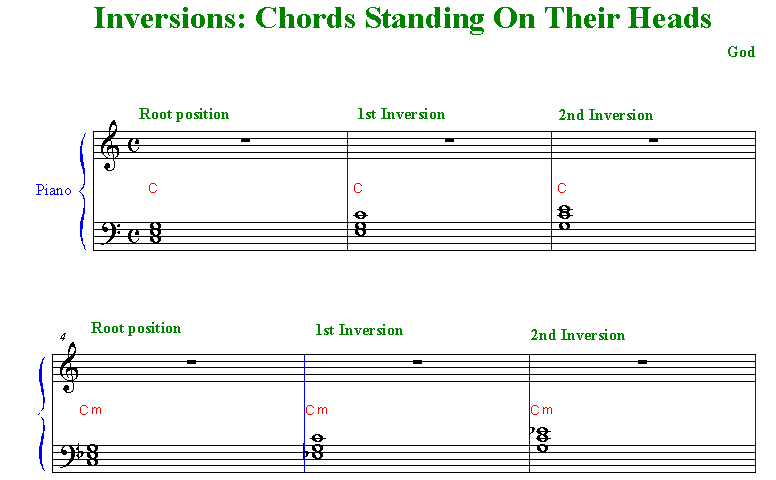
And here’s what the chord inversions look like on the keyboard:
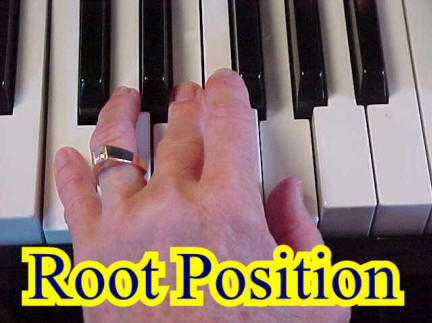
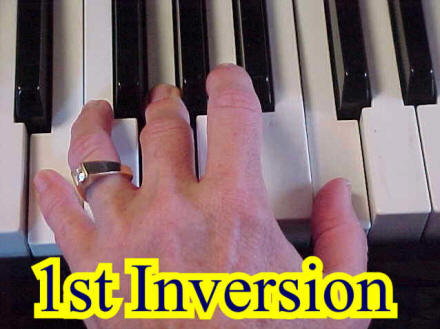
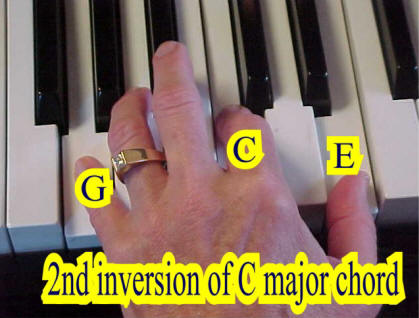
Now it’s up to you. Play each major chord in root position, then 1st inversion, then 2nd inversion. Play each chord up and down the keyboard for at least 2 octaves — maybe 3 octaves. Play them with your left hand, then play them with your right hand. Then play them hands together.
Go through all 12 major chords, inverting every one. Then go through all the 12 minor chords, inverting each one up and down the keyboard — hands alone, then hands together.
When you can do that you ought to feel really optimistic about learning chords, because you’ve got a great start. After all, you have gone from:
12 major piano chords
to
12 minor piano chords
to
3 inversions of each piano chord
Which means you can play 72 piano chords! Way to go!
Next week we will add 12 more chords to our growing list of chords we can play. We’ll take up diminished triads, and you’ll see how easy they are to learn once you know major and minor chords!
This FREE newsletter is sponsored by “How to Play Chord Piano” — the course that makes piano playing exciting, fun, and understandable!


